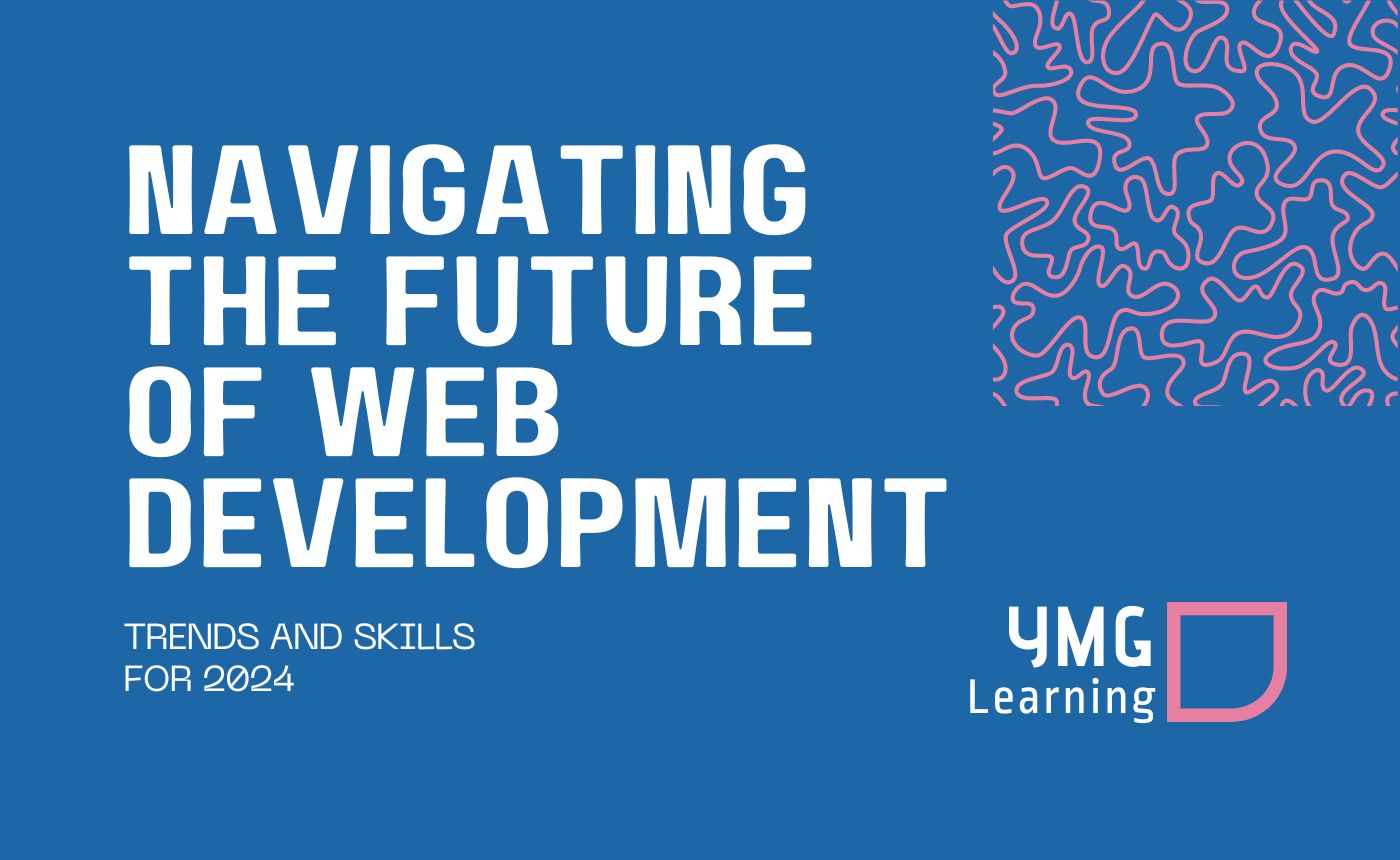Hello, fellow web developers and tech enthusiasts! As we embrace 2024, the web development landscape is buzzing with groundbreaking trends and technologies. Let’s embark on a journey through these innovations, from serverless architectures to the charm of new JavaScript frameworks.
Emerging Trends in Web Development
The world of web development is constantly evolving, and keeping up can be as thrilling as it is challenging. This year, we’re seeing a surge in progressive web apps (PWAs) and serverless architectures. PWAs are redefining user experiences with their app-like functionality, while serverless architectures are revolutionizing the way we think about backend development, offering scalability and efficiency.
Low-code solutions are also gaining traction, democratizing web development and allowing more people to bring their ideas to life without deep coding knowledge. It’s an exciting time for both seasoned developers and newcomers to the field.
Shedding Light on JavaScript Frameworks: Chakra UI vs. Tailwind CSS
Now, let’s talk design and frameworks. Chakra UI and Tailwind CSS are two frontrunners in the JavaScript ecosystem. Chakra UI, with its simple, modular approach, offers a great deal of flexibility and accessibility, making UI development a breeze. On the other hand, Tailwind CSS stands out with its utility-first approach, offering high customizability and control over design elements. Both are fantastic, but your choice depends on your project needs – do you prefer ready-to-use components or building designs from scratch?
Vue vs. Nuxt, React vs. Next.js – The Framework Face-Off
Understanding the nuances between Vue and Nuxt, or React and Next.js, is crucial for modern web developers. Vue.js, known for its simplicity and ease of integration, is fantastic for single-page applications. Nuxt.js steps up the game by providing a framework for server-side rendering, essential for SEO and performance.
React.js continues to be a favorite for building dynamic user interfaces. But when it comes to server-side rendering and static site generation, Next.js is the go-to framework, offering enhanced performance and SEO capabilities.
Nuxt vs. Next.js – Choosing Your Champion
Choosing between Nuxt.js and Next.js can feel like a heavyweight championship. Nuxt.js, with its Vue.js foundation, offers a great developer experience and is incredibly versatile for both static and server-rendered applications. Next.js, riding on React’s popularity, excels in large-scale applications with its robust ecosystem and strong community support. The choice often boils down to your familiarity with Vue or React.
Beyond Code: The Art of Web Design
Let’s not forget, web development isn’t just about coding; it’s an art. The aesthetics, the user journey, the story each website tells – these are what truly captivate users. As developers, weaving these narratives through our work is what makes it fulfilling.
I remember working on a project where the client was adamant about using a specific tech stack. Halfway through, we realized it wasn’t the best fit. The switch was daunting but turned out to be a revelation. It taught me that flexibility and the willingness to adapt are as crucial as technical skills in this field.
SEO and Web Accessibility – The Silent Heroes
While often overlooked, SEO and web accessibility standards are vital. A well-optimized, accessible website not only reaches a wider audience but also ensures an inclusive experience. As developers, it’s our responsibility to champion these practices.
Wrapping Up
As we navigate the ever-changing seas of web development, it’s our passion, curiosity, and adaptability that keep us afloat. Whether it’s mastering new frameworks, experimenting with design, or understanding the subtleties of user experience, our journey is about continuous learning and growth. Here’s to another exciting year in web development!
